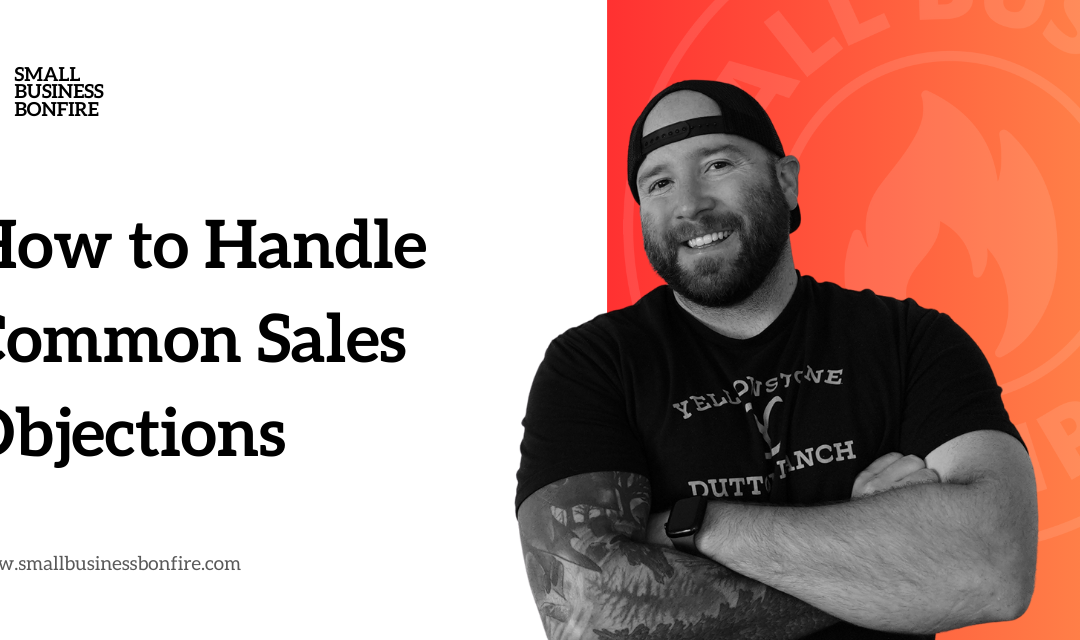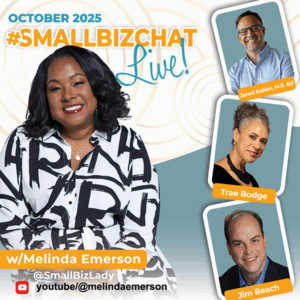Before we dive into the most common sales objections, I’d like to take a moment to caveat something.
Not everyone is going to buy from you (nor should they).
“If you can’t help someone, don’t sell someone.” should be your new motto.
If the timing isn’t right, or the offer doesn’t align, pivot to a follow-up.
Now that’s out of the way, let’s dive in, starting with the top objections you’re probably facing in sales.
Objection 1: “It’s too expensive.”
If you get this objection, you haven’t shown the value (your fault).
You must transition the conversation from price (who cares) to value (ROI).
Price then becomes an inconsequential object.
Ask your prospect:
- “What do you mean by expensive?”
- “Why do you think it’s too high?”
- “What aren’t you getting what you’d thought you’d get at this price?”
From there, you can showcase the value and benefits of your offer that justify the price point.
Objection 2: “I have to think about it”
They don’t.
YOU’RE the only one with information that could guide them to the right choice.
The way to answer this is by asking:
- “Help me understand what you’re thinking about?”
- “What are the most important things you’re thinking about?”
- “I’m the only one with the information you need; what can I answer for you?”
Then, again, practice active listening. They’ll then give you their biggest (real) objections.
Objection 3: “I need to run this by”
Gosh…this one.
If you’ve gotten here, you haven’t qualified the prospect properly (another future LFG issue).
That said, you can still ask several thoughtful questions, including:
- “What part do you think you need to run by your partner?”
- “What’s holding you back from making this decision solo (if it were a home run)?”
Finally, in this situation, it’s imperative to get a 3-way call with “the team.”
Make sure to schedule that call on this call.
Objection 4: “We’re already working with someone else”
This is a bit different; they already have another vendor.
But don’t worry, it’s not over yet.
First, ask:
- “I’ve heard great things about X company, but what could they do better?”
- “I’m hearing that they’re absolutely amazing, and you’re not even considering leaving them?”
From there, address those pain points and showcase your differentiators.
Objection 5: “I’m too busy.”
If they’re too busy, they essentially say, “I don’t think this is important.”
If they’ve said this, ask:
- “So, solving these challenges isn’t a priority?”
- “You’ve said this is important to fix, but you’re also telling me it’s not a priority. Where does this fit?”
From there, they might understand the urgency and see the value in your offering.









